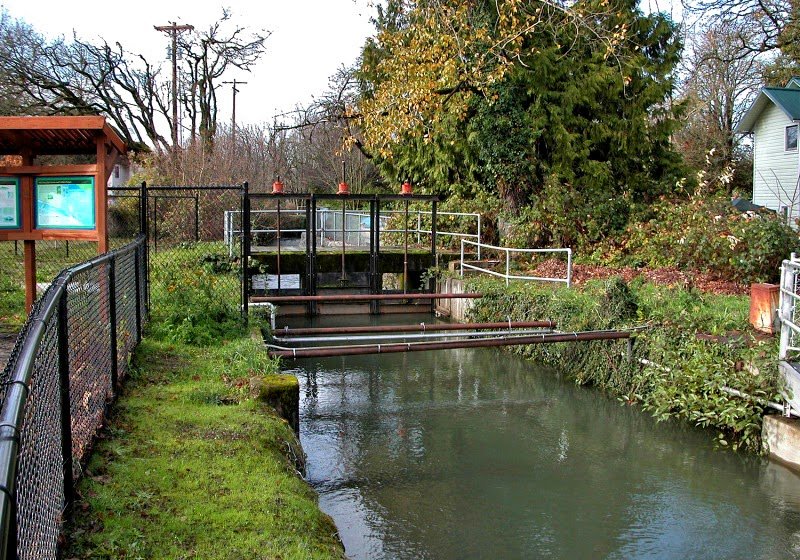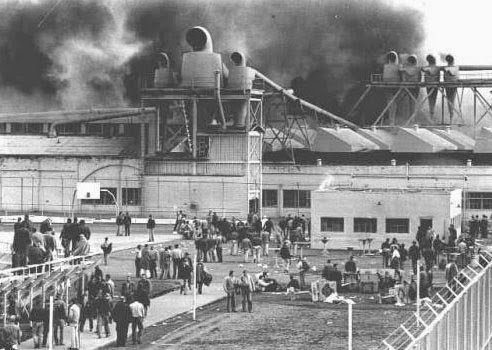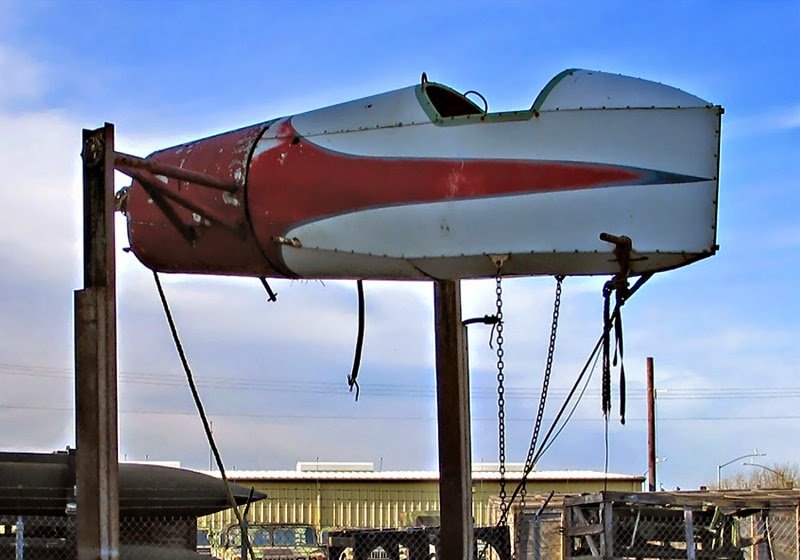World Events
- In Vietnam: the battle of Khe Sanh leads to Tet Offensive by the Viet Cong. North Vietnam and Laos (secretly) heavily bombed by U.S. My Lai Massacre by American troops undermines support for the U.S. efforts. Many violent anti-war demonstrations. Peace talks continue in Paris.
- April: Martin Luther King, Jr. is assassinated in Memphis, Tennessee.
- President Johnson signs the Civil Rights Act, forbidding discrimination in housing practices
- June: Robert Kennedy is fatally shot in Los Angles.
- The Democratic Convention is disrupted by bullying and brutal street fights as anti-war protestors demonstrate. Hubert Humphrey is the presidential nominee. He is defeated by Republican Richard Nixon.
- Jacqueline Kennedy marries Aristotle Onassis.
- U.S. athlete, Bob Beamon, breaks long-jump record at Mexico City Olympics. Two other winners give Black Power salute at podium.
- Apollo 7 sends TV pictures during orbit as they see far side on moon.
- “Hair” opens on Broadway, The day-time series “One Life to Live” and “60 Minutes” are introduced on TV. Yale admits first woman student.
- Academy Awards:”Oliver!”(US),”War and Peace” (Soviet Union). Prize-winning Books: The Eighth Day, Thornton Wilder and The Confessions of Nat Turner, William Styron.
In Salem
Salem experienced violence at the State Penitentiary this year. In the photograph above, prisoners have gathered in the exercise yard during the prison riot of March 9-10, 1968 at the Oregon State Penitentiary on State Street. Smoke billows from the building in the background. On Saturday, March 9 a riot broke out as prisoners set fire to cell blocks. 80 state policemen, Marion County Sheriff deputies, and all off-duty prison employees were called to help maintain security at the height of the 15-hour riot and fire. Charred remains of metal cabinets, twisted and melted bars at the windows bore evidence of the fire. Control was not fully restored until St. Patrick’s Day, March 17. Afterward, a “Grievance Committee” of prisoners selected by inmates, gave evidence of the reasons for the outbreak.
Today the Oregon Accountability Model (OAM) lays the foundation for much of the department’s work. Unlike the 1968 time frame, the OAM promotes staff/inmate pro-social interaction with the goal of modeling appropriate behavior that will ultimately be evidenced by the offenders when they return to our communities.
When you visit
The typical Salem resident does not visit the Oregon State Department of Corrections. However, until recently there was one popular site on the property that gained a lot of positive attention. That was the small parking lot beside Mill Creek on State Street where many generations of ducks learned to flock here to feed on the offerings of families who enjoyed this wildfowl spectacle. Unfortunately, the migration of ducks across the street, often a mother with numerous offspring, became a hazard to motorists ~ as well as to the ducks. The parking spaces are now closed.
The prison can be visited with appointments to see inmates or for official business. Driving east on the main thoroughfares of Center or State Street, we pass the walls but have been so used to them, we rarely gave them more than a passing thought. It has been a part of Salem life since the 1866 move of the prison from Portland, contributing to the character of Salem as an integral part of the city’s demographic, economic and social history. News about the prison is generally confined to concern about the treatment of inmates, especially their terms of incarceration.
The Oregon Department of Corrections has a website with extensive information on the prison. This resource states that the mission of the Oregon State Penitentiary is to assure public safety by providing:
- A safe and secure environment for all persons;
- Program and rehabilitative opportunities to enhance inmate ability to reintegrate into the community;
- Work and leisure time activities to reduce inmate idleness;
- Habilitative services for special need inmates within the Department of Corrections.
Of special interest is the museum and exhibit of Oregon Correction
Other events
 |
| Photo by T. N. Green, Jr. |
- This year, a photograph in the Statesman Journal showed a mini-park on Ferry Street between 20th and 21st Streets that was described as “a popular place to watch the ducks.” Today it is more than that: it includes a interpretive panels erected by the city explaining the important history of this location as the site of the 1864 dam that diverted Mill Creek water south and west into the Millrace. (At left in this 2007 photo) This was the source of waterpower for early Salem industry. From the dam, the Millrace flowed west along Ferry Street and crossed under it to enter the former Kay Woolen Mill.
- On April 18, several photographs were taken when Robert Kennedy stopped in Salem on his presidential campaign. One, at the Marion County Courthouse, has a view of the Doughboy statue (still there that year) and the Grand Theater across High Street where “pro wrestling” is being featured. Kennedy was assassinated less than two months later, June 6, in Los Angeles.
- Two new school improvements are made this year: a wing is added to Brush College School in West Salem and three-year old McNary High School gets a new parking lot and landscaping.
- The new tower building of Salem Memorial Hospital eclipses the older structure on Winter Street.
- Frank Hrubetz and Company plant at the airport is manufacturing carnival and show rides that are sold worldwide. A relic of the Orientator, a ride used locally at an amusement park (now the site of Paradise Island retirement homes) is stored on National Guard property near the same location. It is credited to Lee Eyerly. (2007 photograph)
- St. Timothy Episcopal Church completes its sanctuary on Ladd Avenue in the Lancaster Drive area of Salem. As the city grows to the east, new churches and businesses are created to serve them in these suburban neighborhoods.
- The Cherrians organization is discontinued. Since 1913 their main promotions had been the annual Salem Cherry Blossom Day and sponsorship of Salem floats in the annual Portland Rose Festival parade. Many historic photographs show crowds along State and Court Streets as residents enjoy watching the parade of elaborately decorated vehicles carrying costumed local personalities. However, as the cost of producing prize-winning floats increased, the Cherrian membership decreased, and the organization found it increasingly harder to solicit money and manpower from other local organizations and individuals.
- A committee is formed by Mayor Vern Miller to campaign for a bond election on a Salem Civic Center, composed of a city hall, library, police and central fire station. The 26-member campaign committee composed of people who were not identified with city politics. The mayor asked Wes Sullivan, news editor of The Oregon Statesman newspaper, to be chairman.


